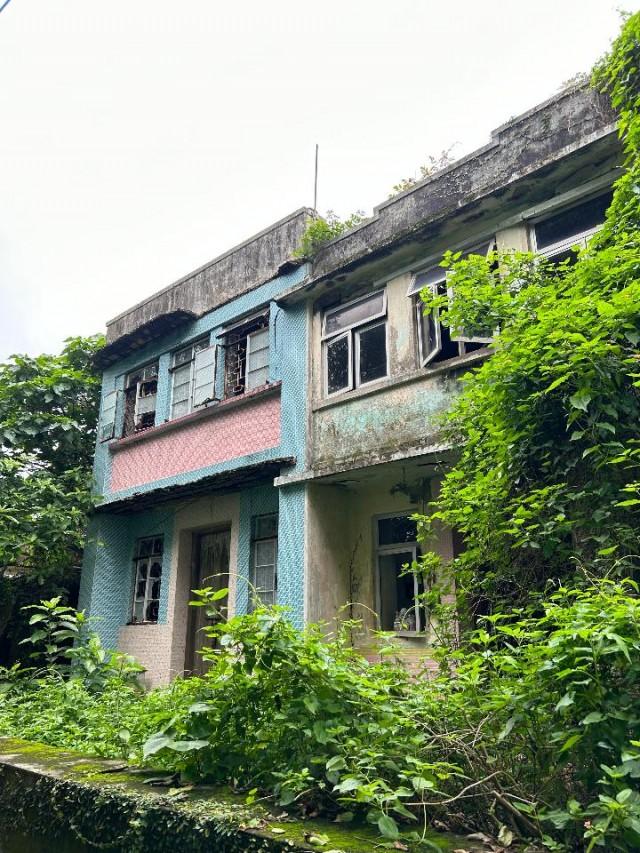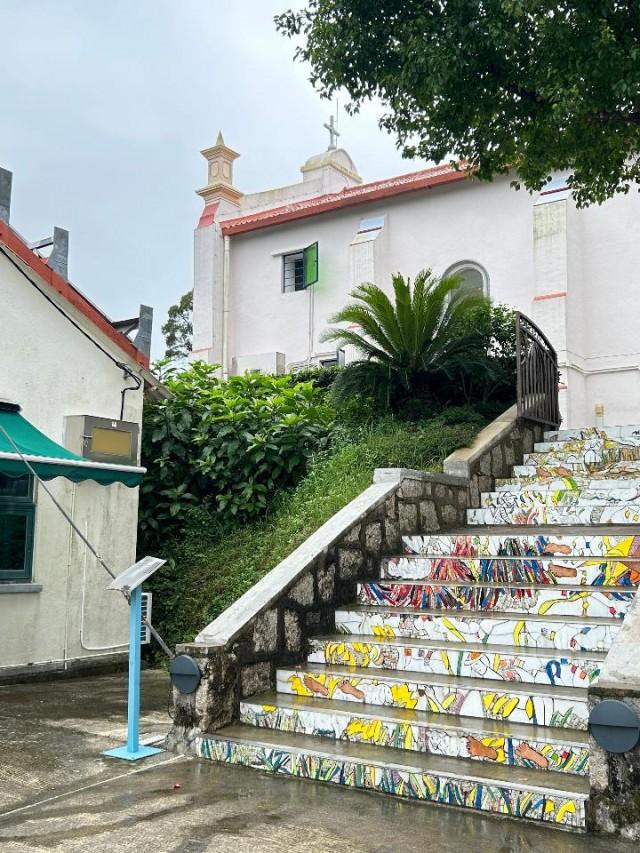
Hong Kong is popular for its vibrant city life, boasting an iconic skyline, bustling streets, and well-loved attractions including Disneyland and Victoria Peak.
But Hong Kong is also home to serene and relaxed spots that offer noteworthy experiences away from the typical tourist paths.
Outside the city are reserved islands and small villages that showcase the country’s rich cultural tapestry and natural surroundings.
In this three-part series, GMA News Online will delve into underrated gems perfect for those seeking to uncover the more intimate side of Hong Kong.
SECOND OF THREE PARTS
Tucked away in the Sai Kung District of Hong Kong is the tiny island of Yim Tin Tsai, which literally means Little Salt Pan in Cantonese. It is the only place in the country where salt is produced today.
The charming island, once home to a thriving Hakka clan, now serves as a moving reminder of a bygone era.
Entering Yim Tin Tsai, you will be greeted by narrow paths that wind between ghostly residences and different abandoned houses with crumbling walls and overgrown gardens.
They were left vacant when the number of residents started dwindling before the 1980s as they moved to urban areas in search of better opportunities.
There was also a time when only four residents were left in the village, earning its nickname, “Ghost Island.”
But in the 2000s, a group of descendants of the original villagers returned and started to revitalize the island.
In 2011, the Salt and Light Preservation Centre was founded to conserve and promote the culture and ecology of Yim Tin Tsai.
Salt pans
When the Hakka community arrived in Hong Kong, they built salt pans, as Yim Tin Tsai is found to be an ideal location for salt making because of its sun and wind exposure, as well as its low and high tide levels.
For a good 200 years, the Hakka people made good money from selling salt to Sai Kung and the neighboring region until they had to contend with competition from Vietnam and the Mainland, who were suddenly producing and exporting salt at extremely low costs.
At present, the preservation center’s main goal is to preserve its salt production culture with the restored salt pans, but they still do sell jars of salt in a limited amount.
Read more from this series:
St. Joseph Chapel
Built in 1890 by French missionaries, Yim Tin Tsai is also home to the St. Joseph Chapel, which has a blend of both Western and Chinese architectural types.
In 2005, it was given an Award of Merit of the UNESCO Asia-Pacific Awards for Cultural Heritage Conservation, and in 2011, it was rated as a Grade II historical building by the Hong Kong Antiquities Advisory Board, which means efforts should be made to selectively preserve it.
The chapel occasionally holds religious and cultural gatherings that contribute to the island’s rich heritage.
Heritage Exhibition Center
Housed in a restored primary school, the Heritage Exhibition Center displays the cultural relics of Yim Tin Tsai.
Visitors can discover details about the daily lives of the island’s former residents, its transformation over the years, and other artifacts like farming tools, home furniture, and documents collected during salvages done in the area.
According to archaeological investigations, the island may be traced back to the Eastern Han dynasty around 100 CE at the latest.
How to get to Yim Tin Tsai?
To reach Yim Tin Tsai island, you must first go to Sai Kung by taking the MTR to Choi Hung (Kwun Tong Line), exit at C1, and then ride the green minibus 1A, which will take you to the town at around 40 minutes.
Once you arrive in Sai Kung, take a short walk to the Sai Kung New Public Pier, where you will find available boats that can take you to the island. —JCB, GMA Integrated News




Be the first to comment